Home>Interior Design>Satin Vs Eggshell Paint: What Are The Differences?
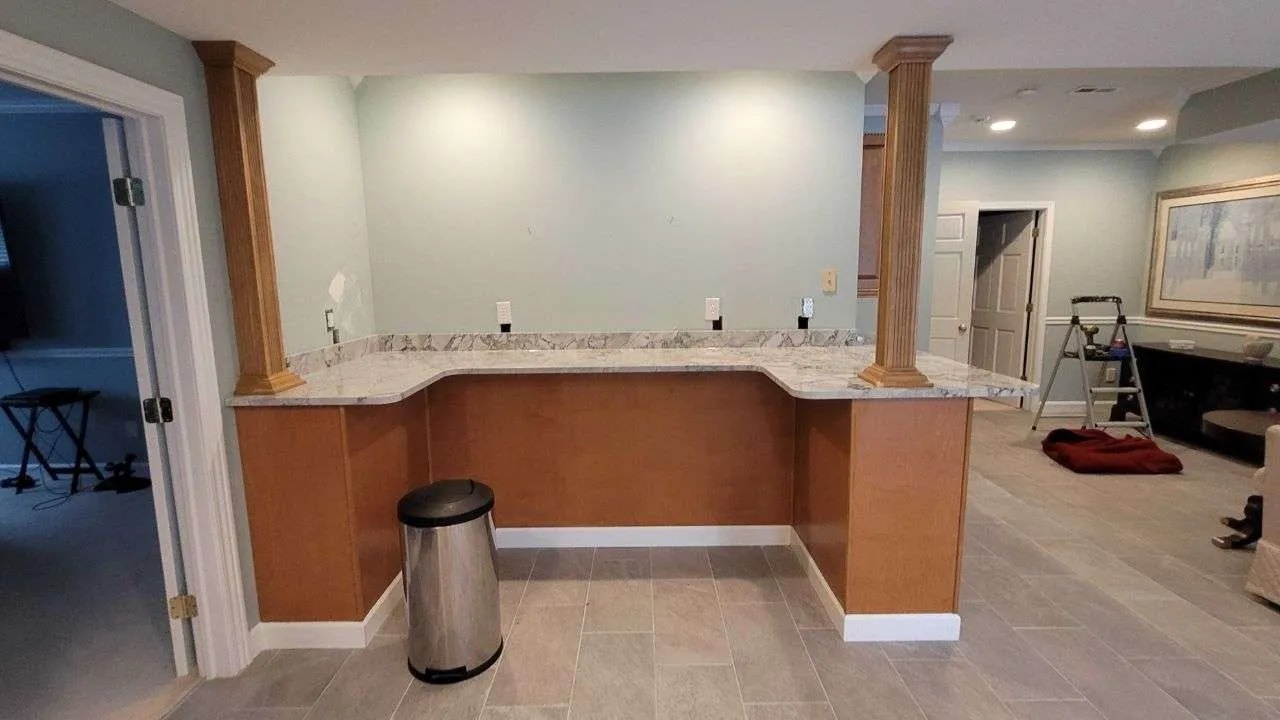

Interior Design
Satin Vs Eggshell Paint: What Are The Differences?
Modified: May 6, 2024
Discover the key differences between satin and eggshell paint in interior design. Uncover their unique finishes and choose the right paint for your project.
(Many of the links in this article redirect to a specific reviewed product. Your purchase of these products through affiliate links helps to generate commission for Storables.com, at no extra cost. Learn more)
Introduction
Welcome to the world of interior design, where every detail matters and the choices you make can transform a space. One of the key decisions when it comes to painting your walls is the type of paint finish you choose. In particular, satin and eggshell paint are two popular options that offer distinct characteristics and aesthetic appeal.
Understanding the differences between satin and eggshell paint can help you make an informed decision based on your desired outcome and the specific requirements of your project.
In this article, we will delve into the composition, sheen, durability, application, maintenance, and factors to consider when choosing between satin and eggshell paint. By the end, you will be equipped with the knowledge to make the best choice for your interior design project.
Key Takeaways:
- Satin paint offers a higher sheen, durability, and easy maintenance, making it ideal for high-traffic areas and those seeking a touch of glamour in their interior design projects.
- Eggshell paint provides a subtle, low-lustre finish, versatile aesthetic, and ability to hide imperfections, making it a popular choice for creating a cozy and inviting atmosphere in various design styles.
Definition and Composition of Satin Paint
Satin paint is a versatile option that offers a subtle shine and a smooth, velvety finish. It falls between flat and semi-gloss in terms of sheen and has become a popular choice for interior walls, doors, and trim.
The composition of satin paint typically includes a combination of pigments, binders, resins, and solvents. The pigments provide the color, while the binders and resins help the paint adhere to the surface and provide durability. The solvents act as a carrier for the pigments and evaporate as the paint dries.
One of the key features of satin paint is its higher sheen level. It offers a subtle glossiness that adds depth and richness to the painted surface. This makes it ideal for areas that require durability, such as high-traffic areas or spaces where children or pets are present.
Satin paint is known for its ability to resist stains and is relatively easy to clean. However, it may not be as forgiving as flat paint when it comes to hiding imperfections on the wall’s surface.
It’s important to note that the sheen level of satin paint can vary between different brands and formulations. Some satin paints may have a higher sheen and resemble semi-gloss, while others may have a more subdued sheen.
Aesthetically, satin paint provides a smooth and elegant finish that works well in both traditional and contemporary designs. It adds a touch of sophistication to a room without being too overwhelming.
When applied correctly, satin paint can give walls a seamless and professional appearance, making it a popular choice for living rooms, bedrooms, hallways, and other areas where a touch of elegance is desired.
Definition and Composition of Eggshell Paint
Eggshell paint, as its name suggests, has a finish that resembles the texture and sheen of an eggshell. It offers a subtle, smooth, and low-lustre finish that falls between flat and satin in terms of sheen level.
The composition of eggshell paint is similar to that of satin paint, typically consisting of pigments, binders, resins, and solvents. However, the formulation may vary between different brands and manufacturers.
Similar to satin paint, eggshell paint provides good durability and resistance to stains. It is also relatively easy to clean, making it a practical choice for walls in busy areas like living rooms, hallways, and family rooms.
Eggshell paint offers a slight sheen that helps to reflect light, giving surfaces a soft glow. This subtle shine adds a touch of elegance and sophistication to a room without being overly glossy or reflective.
In terms of appearance, eggshell paint is often favored for its ability to hide minor imperfections on the surface of the wall. Its low sheen helps to conceal unevenness, bumps, and small imperfections, providing a smoother and more uniform look.
Eggshell paint is versatile and can work well in various design styles, from traditional to contemporary. It offers a more refined and polished look compared to flat paint, making it a popular choice for bedrooms, dining rooms, and other areas where you want a slightly more upscale feel.
It’s worth noting that different brands may have slight variations in the sheen level of their eggshell paint. Some may lean more towards a satin finish, while others may have a matte-like appearance. Therefore, it’s essential to check the specific product’s description and test a small area before committing to painting an entire room.
Overall, eggshell paint strikes a balance between aesthetic appeal, durability, and ease of maintenance. Its versatility and ability to hide imperfections make it a go-to choice for many interior design projects where a low-lustre finish is desired.
Differences in Sheen
One of the main distinguishing factors between satin and eggshell paint is the level of sheen they offer. Sheen refers to the amount of light reflected off the painted surface.
Satin paint is known for its higher sheen level compared to eggshell paint. It provides a smooth and subtle glossiness that adds depth and sophistication to walls and other surfaces. The reflective quality of satin paint helps to accentuate colors and create a more vibrant appearance.
In contrast, eggshell paint offers a lower sheen level. It provides a gentle, soft glow that adds a hint of luster to the surfaces. The slight shine of eggshell paint helps to reflect light without being overly glossy or reflective. This gives the painted walls a more understated and elegant look.
When choosing between satin and eggshell, consider the overall aesthetic you want to achieve in the space. Satin paint works well in areas where you want to create a focal point or add a touch of glamour. It can be particularly impactful in rooms with plenty of natural light, as the sheen can enhance the play of light and shadow.
Eggshell paint, on the other hand, is ideal if you prefer a more subdued and uniform appearance. It offers a softer sheen that blends well with different design styles and can help to create a cozy and inviting atmosphere.
It’s important to note that the sheen level can vary between different brands and formulations of satin and eggshell paint. Therefore, it’s recommended to check the specific product’s description or test a small area before making a final decision.
Ultimately, the choice between satin and eggshell paint sheen comes down to personal preference and the desired look and feel of the space. Whether you want a more glamorous or a more understated finish, both options offer distinct and beautiful aesthetics.
Differences in Durability
When it comes to durability, both satin and eggshell paint offer advantages in their own ways. Understanding the differences can help you choose the right paint finish for your specific needs and the level of wear and tear the painted surface will endure.
Satin paint is generally considered to be more durable than eggshell paint. Its higher sheen and smoother finish contribute to its ability to withstand daily wear and tear, making it a great choice for high-traffic areas or rooms frequented by children and pets.
The additional durability of satin paint comes from its formulation, which often includes more binders and resins. These components help to create a stronger and more resilient surface, resistant to scratches and scuffs.
On the other hand, eggshell paint offers a good balance of durability and a softer finish. While not as resistant to abrasions as satin paint, it can still hold up well in most residential environments, making it suitable for commonly used rooms like bedrooms and living rooms.
It’s important to note that while satin paint may be more durable overall, both finishes can still be prone to damage if subjected to harsh conditions or improper care. Accidental impacts, sharp objects, or heavy scrubbing can potentially leave marks or affect the surface of both satin and eggshell paint.
Ultimately, the choice of paint durability depends on factors such as the level of foot traffic in the room, the presence of children or pets, and your personal tolerance for imperfections. For higher durability needs, satin paint may be the better option, while eggshell paint can provide adequate protection in less demanding environments.
Regardless of the paint finish you choose, proper surface preparation and regular maintenance, such as gentle cleaning and touch-ups, can help extend the lifespan of the painted surface and ensure lasting beauty.
Differences in Application
When it comes to application, there are some notable differences between satin and eggshell paint. These variations can affect the overall process of painting and the outcome of the finished project.
Satin paint is generally easier to apply compared to eggshell paint. Its smoother finish allows for more even and seamless coverage. This makes it a popular choice for DIY projects or anyone looking for a paint finish that is forgiving and easy to work with.
Eggshell paint, on the other hand, may require a bit more attention during application. Its slightly thicker consistency and lower sheen can make it slightly trickier to achieve consistent coverage. However, with proper technique and tools, it is still possible to achieve a smooth and uniform finish.
When applying both satin and eggshell paint, it is crucial to properly prepare the surface by cleaning, sanding, and priming if necessary. This ensures optimal adhesion and helps to create a flawless painted surface.
In terms of tools, both finishes can be applied using a variety of methods, including brushes, rollers, or sprayers. The tool of choice may depend on the size of the project, personal preference, and the desired texture or smoothness of the final result.
It’s important to note that due to the slight sheen and the reflective qualities of satin paint, it may be more likely to show brush or roller marks if not applied correctly. Taking care to use even strokes and work in smaller sections can help minimize this issue.
Eggshell paint, with its lower sheen, is more forgiving in terms of showing imperfections during application. However, it is still essential to maintain a consistent technique to achieve a professional-looking finish.
Both satin and eggshell paints typically require two coats for optimal coverage and color saturation. Allowing adequate drying time between coats is crucial to ensure proper adhesion and avoid any potential issues.
Ultimately, the choice between satin and eggshell paint application depends on your level of experience, the project’s scale, and your desired level of smoothness and ease of application. Both finishes can create beautiful results when applied with care and attention to detail.
Differences in Maintenance and Cleaning
When it comes to maintenance and cleaning, satin and eggshell paint have some distinct differences that are worth considering before making a decision.
Satin paint, with its higher sheen and smoother finish, tends to be more resistant to stains and easier to clean than eggshell paint. The glossiness of satin paint allows for better protection against dirt, grime, and fingerprints, making it a practical choice for areas that are more prone to getting dirty.
When it comes to cleaning satin paint, it is important to use gentle methods to avoid damaging the finish. Warm water and a mild detergent can be used to wipe away stains and marks. It’s crucial to avoid abrasive cleaning tools or harsh chemicals that can dull or discolor the paint. Regular dusting can help to maintain the appearance of satin paint and keep it looking fresh.
Eggshell paint, although not as stain-resistant as satin paint, can still be cleaned effectively with proper care. The lower sheen and more porous texture of eggshell paint make it slightly more vulnerable to stains and scuff marks. However, with gentle cleaning techniques, most common stains and dirt can be removed without causing damage to the finish.
Similar to satin paint, it is recommended to use warm water and a mild detergent when cleaning eggshell paint. A soft cloth or sponge can be used to gently wipe away stains. Avoiding rough scrubbing or abrasive cleaning tools will help to preserve the integrity of the paint.
It’s important to note that excessive scrubbing or using strong chemicals on either satin or eggshell paint can result in a loss of sheen or damage to the surface. Additionally, the use of harsh chemicals or solvents can strip away the paint’s protective coating and impact its durability.
In terms of touch-ups, both satin and eggshell paint can be spot-treated to fix minor blemishes or areas of wear. However, it’s important to ensure that the touch-up paint matches the existing color and sheen of the original paint to maintain a seamless appearance.
Overall, satin paint may require less maintenance and be easier to clean due to its higher sheen and smoother finish. However, with proper care and cleaning techniques, eggshell paint can still provide a beautiful and easy-to-maintain surface.
Factors to Consider When Choosing Between Satin and Eggshell Paint
Choosing between satin and eggshell paint depends on several factors that are specific to your project and personal preferences. Here are some key considerations to help you make an informed decision:
Sheen Preference:
Determine the desired level of sheen for your walls. Satin paint offers a higher sheen that adds depth and glamour, while eggshell paint provides a more subtle and low-lustre finish.
Read more: Satin Vs Matte Paint: Which Is Better Where?
Room Usage:
Consider the function and usage of the room. Satin paint is more durable and resistant to stains, making it an excellent choice for high-traffic areas or spaces with children and pets. Eggshell paint, while less resistant to wear, can still hold up well in regular living spaces where the traffic is not as heavy.
Surface Imperfections:
Evaluate the condition of the walls and the level of imperfections. Eggshell paint is known for its ability to hide minor surface flaws, making it a good choice for walls with small bumps or unevenness. Satin paint, due to its higher sheen, may highlight imperfections or uneven textures.
Aesthetic Goals:
Consider the overall look and feel you want to achieve in the space. Satin paint adds a touch of sophistication and works well in both traditional and contemporary designs. Eggshell paint offers a more subtle and cozy appearance and can complement a variety of interior styles.
Maintenance and Cleaning:
Think about the level of maintenance and the cleaning routine you are willing to commit to. Satin paint is generally easier to clean and more stain-resistant, while eggshell paint requires more care and attention to avoid permanent marks.
Personal Preference:
Lastly, trust your personal preference. Paint selection is often subjective, and what appeals to one person may not resonate with another. Take time to visualize how each finish will look in your space and go with the option that resonates with your own aesthetic preferences.
By considering these factors, you can make an informed decision about whether satin or eggshell paint is the right choice for your project. Remember, both finishes offer unique qualities and can create stunning results when used appropriately.
Satin paint has a slightly glossier finish and is more durable than eggshell paint. It’s ideal for high-traffic areas and can be easily cleaned. Eggshell paint has a soft, subtle sheen and is great for walls with minimal imperfections.
Conclusion
Choosing between satin and eggshell paint for your interior design project is an important decision that can greatly impact the overall aesthetics and functionality of a space. Understanding the differences between these two paint finishes can help you make an informed choice based on your specific needs and preferences.
Satin paint offers a higher sheen and a smooth, velvety finish that adds depth and elegance to walls. It is more durable, stain-resistant, and easier to clean, making it suitable for high-traffic areas and spaces where durability is a priority. Satin paint is a popular option for those who want to create a focal point or add a touch of glamour to a room.
Eggshell paint, on the other hand, offers a more subtle sheen, closer to the texture and appearance of an eggshell. It is versatile, with the ability to hide minor surface imperfections and create a soft, low-lustre finish. Eggshell paint is popular for its ability to create a cozy and inviting atmosphere and can work well in a variety of design styles.
When making a decision, it’s important to consider factors such as sheen preference, room usage, surface imperfections, aesthetic goals, maintenance requirements, and personal preference. Each factor plays a role in determining which paint finish is best suited for your specific project.
Ultimately, whether you choose satin or eggshell paint, both options can provide beautiful results when applied correctly. Proper surface preparation, careful application techniques, and regular maintenance can help ensure the longevity and beauty of your painted surfaces.
Remember, there is no right or wrong choice when it comes to paint finishes. It’s about finding the option that aligns with your vision, suits your lifestyle, and enhances the overall ambiance of your space.
So, take your time, explore different finishes, and choose the one that best reflects your personal style and meets your functional requirements. With the right paint finish, you can transform your walls and create a stunning interior that perfectly complements your design vision.
Ready to spruce up your living space? Dive into our guide on choosing the finest hardwood floors for home renovation, perfect for any room's charm. Or, if you're dressing up a rental, don't miss out on practical decorating tips that transform spaces without breaking the lease terms. Each piece offers insightful advice tailored to your home improvement needs.
Frequently Asked Questions about Satin Vs Eggshell Paint: What Are The Differences?
Was this page helpful?
At Storables.com, we guarantee accurate and reliable information. Our content, validated by Expert Board Contributors, is crafted following stringent Editorial Policies. We're committed to providing you with well-researched, expert-backed insights for all your informational needs.

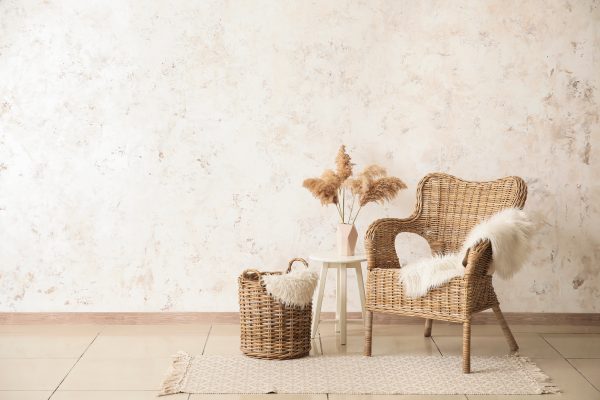



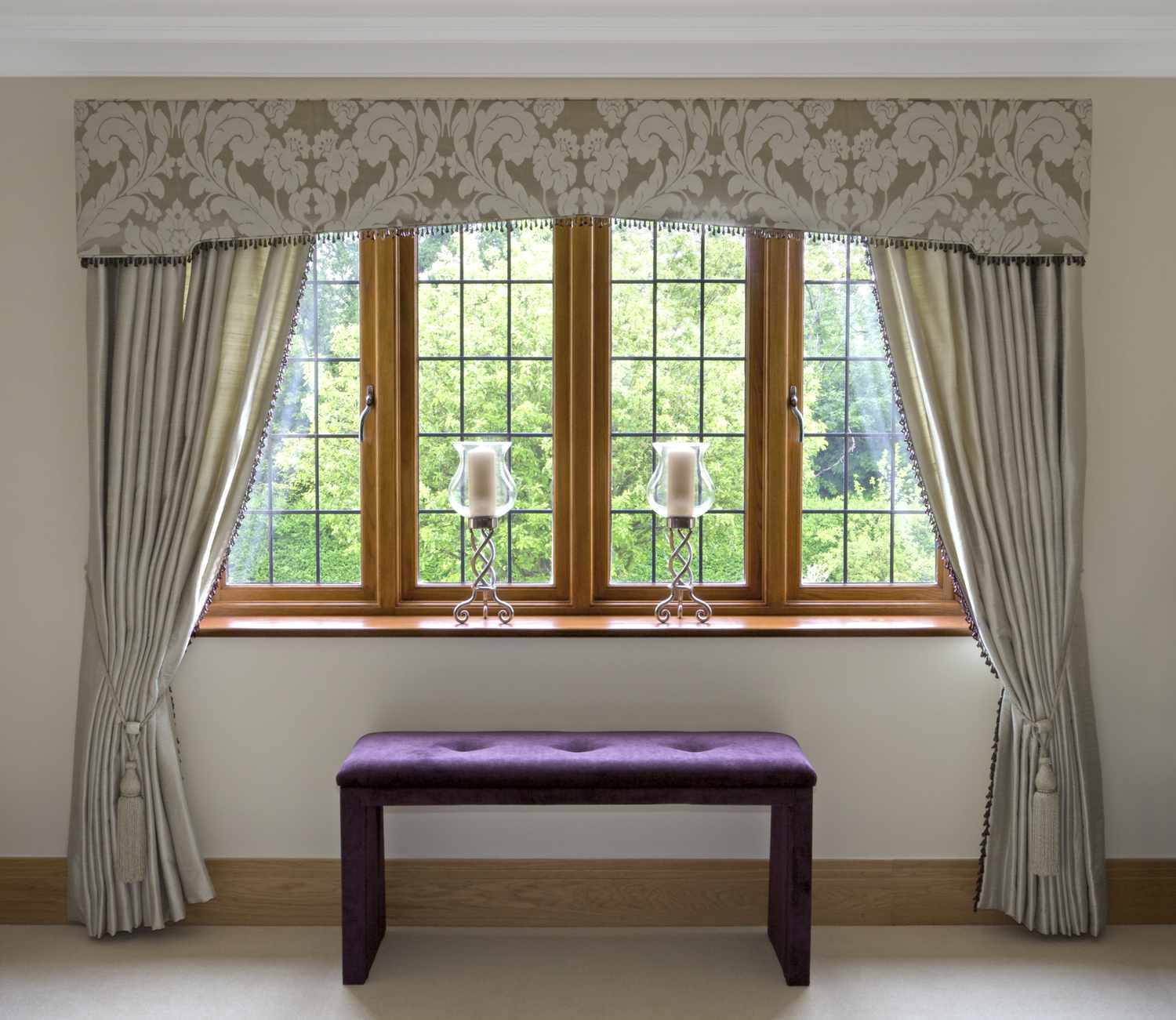
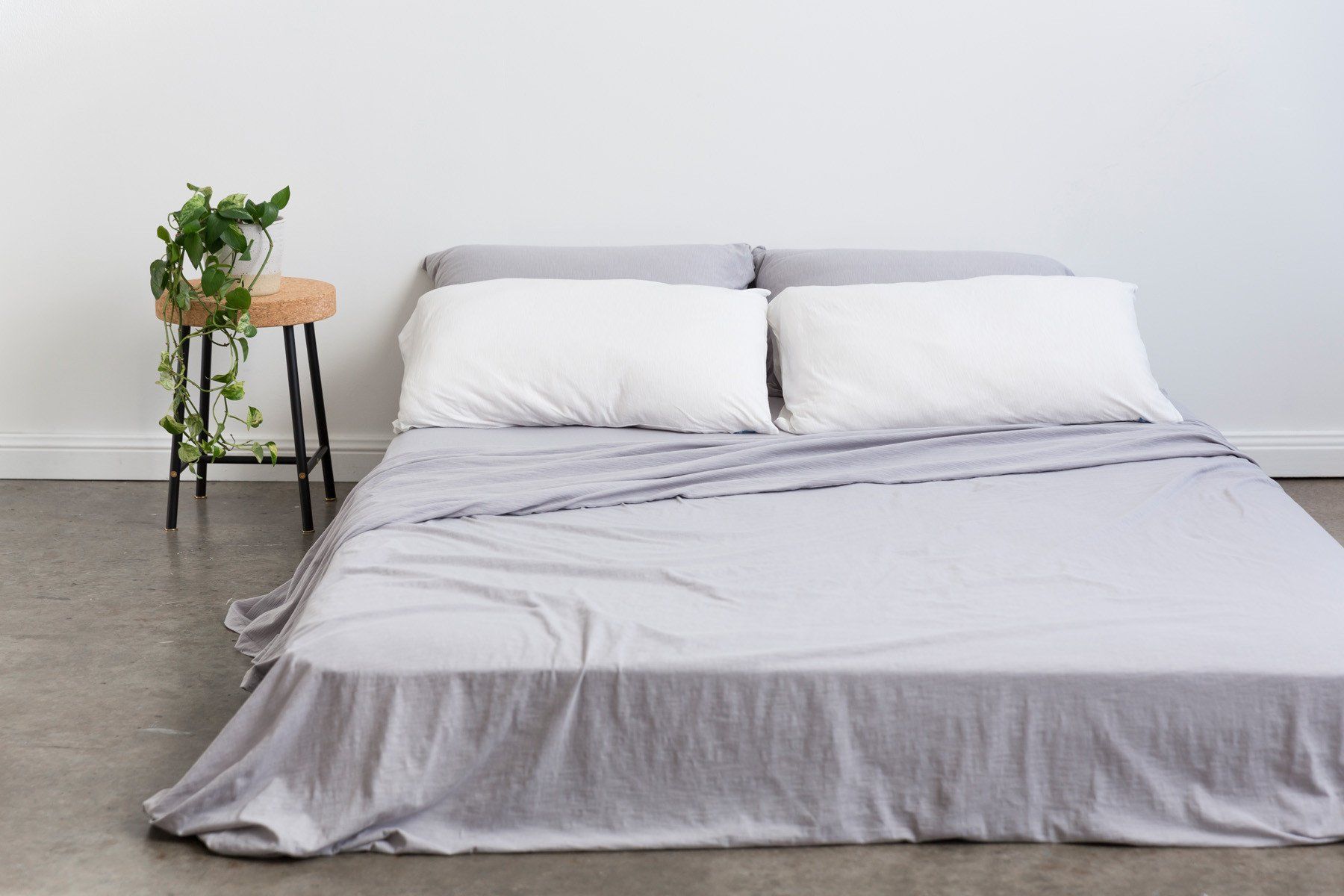
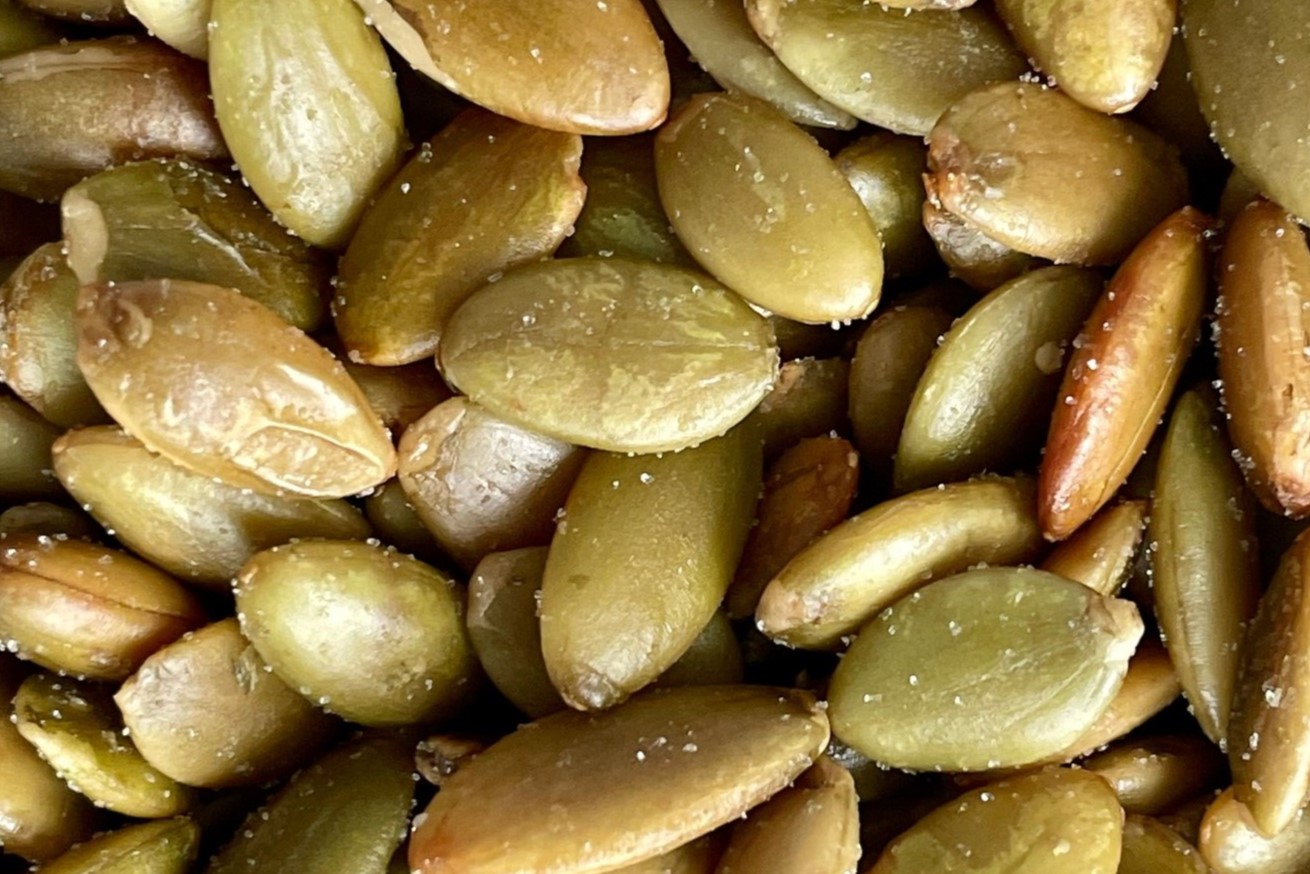



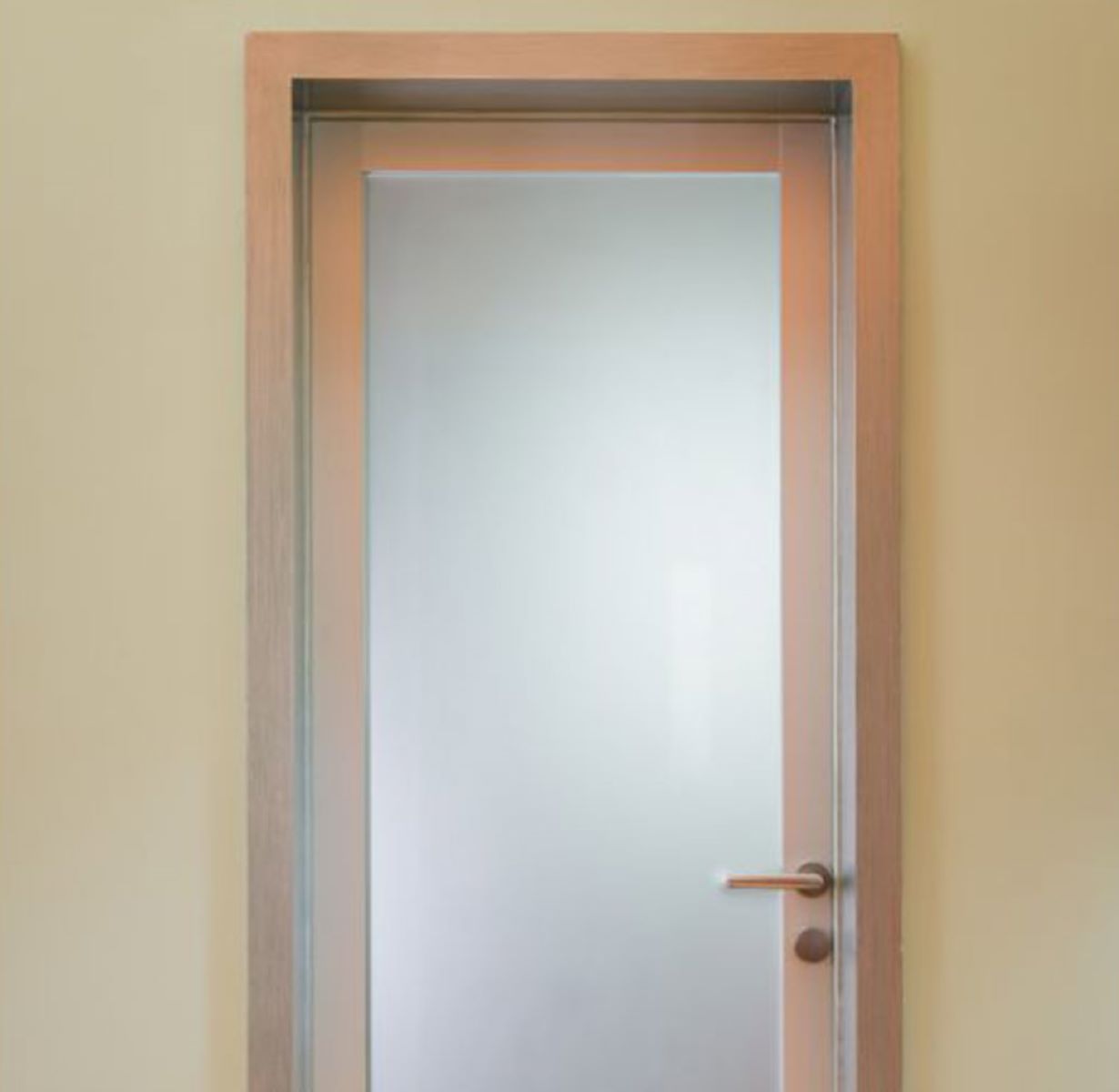

0 thoughts on “Satin Vs Eggshell Paint: What Are The Differences?”